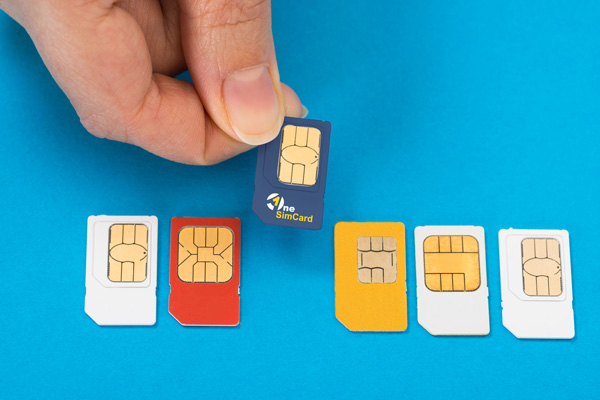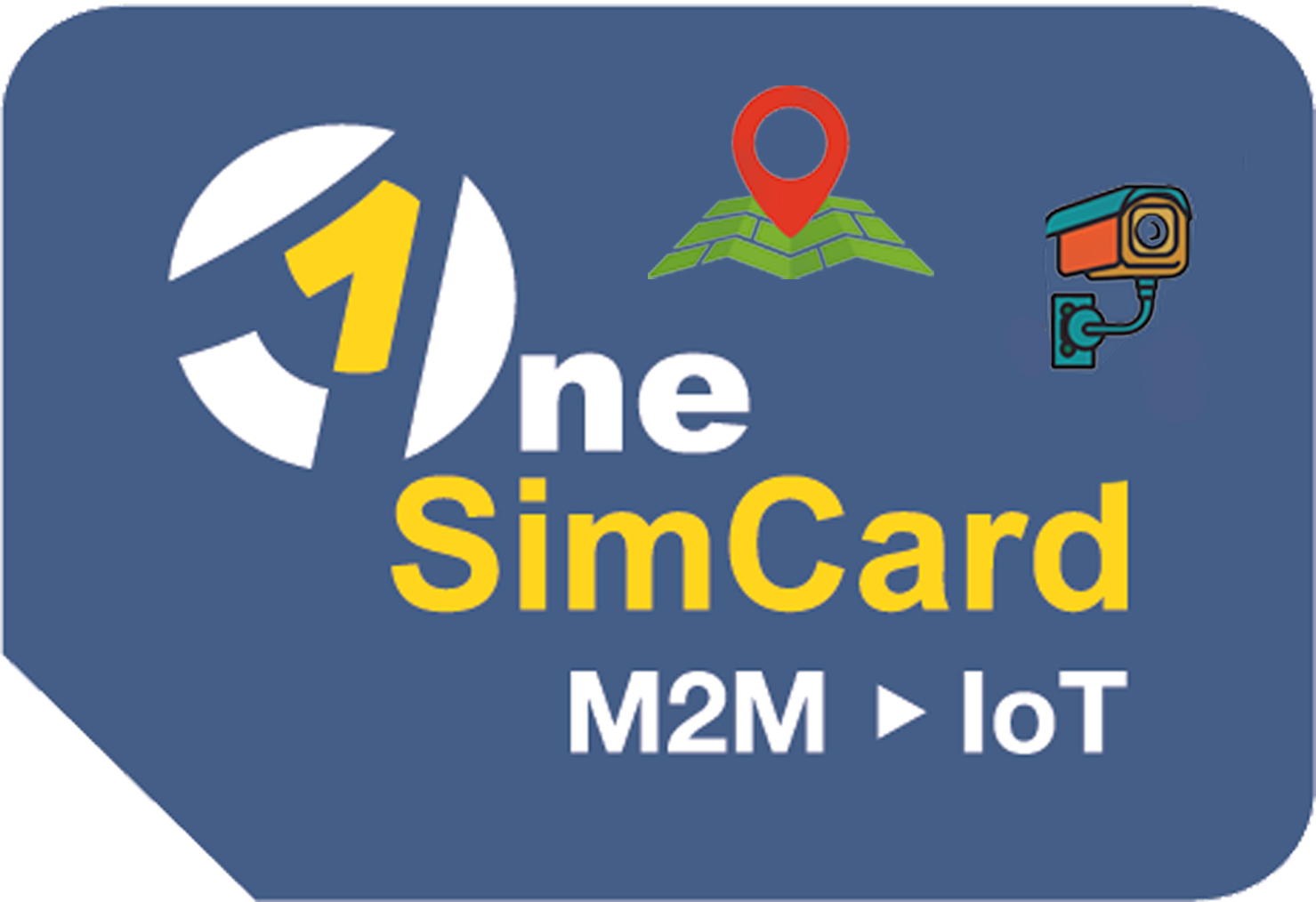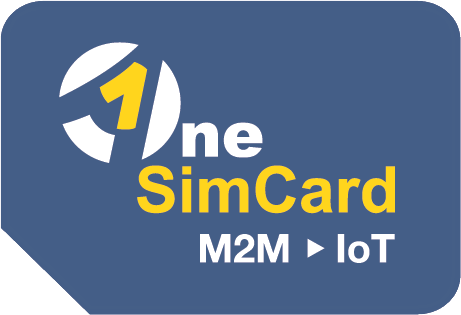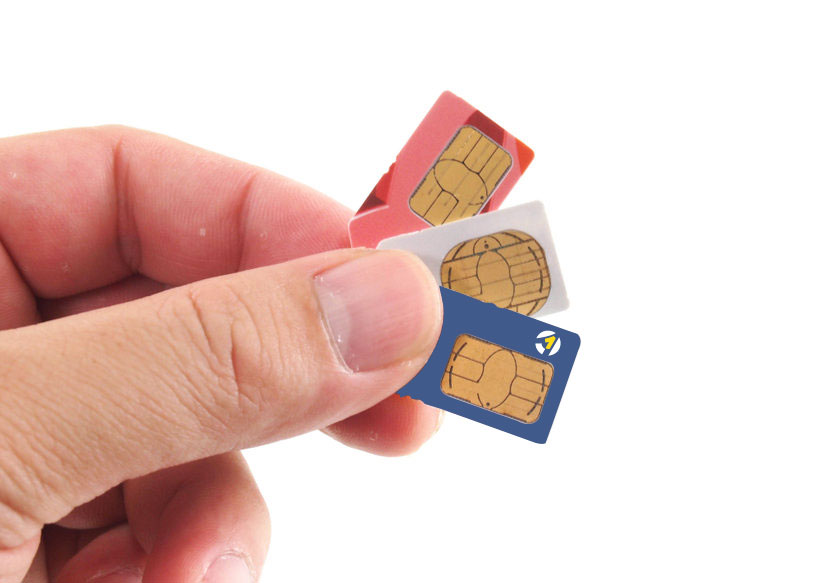
Internet of Things (IoT) is changing how companies operate and how we live. From smart devices in farms to health gear, IoT is now in all industries. But for IoT to work well, a smooth is a must. A break in communication can lead to lost data, interruption in work, and even costly failures. That’s where IoT SIM cards help, as they let unmanned machines talk to each other and main hubs.
This blog will show you how to set up and run SIM cards IoT for a smooth . We will go through each step, from setup to fixing faults, so you get the most out of your connected devices.
1. Plan for IoT SIM Card Setup
Before you start, you must plan well to make sure everything runs smoothly.
- Check Connection Needs (Local vs. Worldwide Reach): First, know your communication needs. Will your devices work in one area, or do they need a worldwide reach? If you work in one spot, limited coverage to save costs will do. But if you need a SIM for international use, a global IoT SIM is key, even with higher costs.
- Pick the Right IoT SIM Card for the Device and Use: Not all IoT SIM cards are the same. Think of what your devices need. Some need low power, while others need high speed. Make sure the SIM card you pick meets these needs.
- Know Network Fit and Data Use: Check if the IoT SIM card works with the cell networks in your area. Also, understand how much data you will use. If you choose too much, you may waste money. If you pick too little, your devices may stop working. Look for a provider like OneSimCard IoT that can customize data plans to your needs, rather than trying to force you into to the “cookie-cutter” plans the provider offers.
2. Install and Activate the SIM Card
Once you pick the right IoT SIM card, it’s time to set it up.
- Step-by-Step Guide on How to Install and Set Up an IoT SIM: Put the SIM card IoT in the device as per the manufacturer’s guide. Make sure it fits well to mitigate connection issues.
- How to Activate an IoT SIM Card with OneSimCard: OneSimCard makes this easy with its online portal called OSCAR. Follow the steps given to activate your SIM card and set up your account.
- Set APN (Access Point Name): Correct APN settings are critical for your device connection to the internet. Use the right APN settings from your network provider. Wrong APN settings will stop your device from establishing a data session.
3. Run IoT SIM Cards for Large Use
To run many IoT devices, you need a capable management portal.
- Management portal for Remote Control: An IoT management portal lets you check your SIM cards remotely. You can track data use and manage the connection of each device. This makes it easy to run a large deployment.
- Check Data Use and Switch Nets for Best Connection: Watch data use to spot odd use and cut waste. Use net switch plans to keep a smooth connection and cut costs.
- Set Alerts for Odd Use and Fix Connection Issues: Set alerts for suspicious data use or connection issues. This way, you can fix problems fast and keep all devices connected.
4. Best Ways to Keep IoT SIM Cards Secure
Security is key in IoT.
- Use Lock Codes and VPN for Safe Data Flow: Secure your data so no one can see it. Use a VPN to help ensure data integrity.
- Prevent Unauthorized Use with Secure Login: Use strong logins to secure your IoT devices.
5. Fix Common IoT SIM Issues
Even with a good plan and a solid provider, you may face connection issues.
- Fix Connection Issues and APN Errors: Check APN settings and make sure the device is in the network coverage area. If the issue remains, restart the device and/or call the provider.
- Solve SIM Card Read Failures in IoT Devices: If the device does not see the SIM card, take it out and put it back in. If the issue continues, the SIM card may be damaged or defective and you should try to replace it.
- Steps to Fix Network Failures: If the network fails, switch to a new network. Having a no-steering, multi-carrier provider is critical for this
Wrap Up
To deploy and operate SIM card IoT for a consistent connection, you need to plan well, act with care, and check the setup at all times. By using the steps in this blog, you can keep your IoT devices connected and your business running smoothly.
OneSimCard’s IoT SIM plans make IoT deployments of all sizes simple with their world reach, custom, low-cost data plans, and its powerful, but easy-to-use management portal. Connect with one of OneSimCard IoT’s experts today and see how they can help you get the most from your connected devices.









